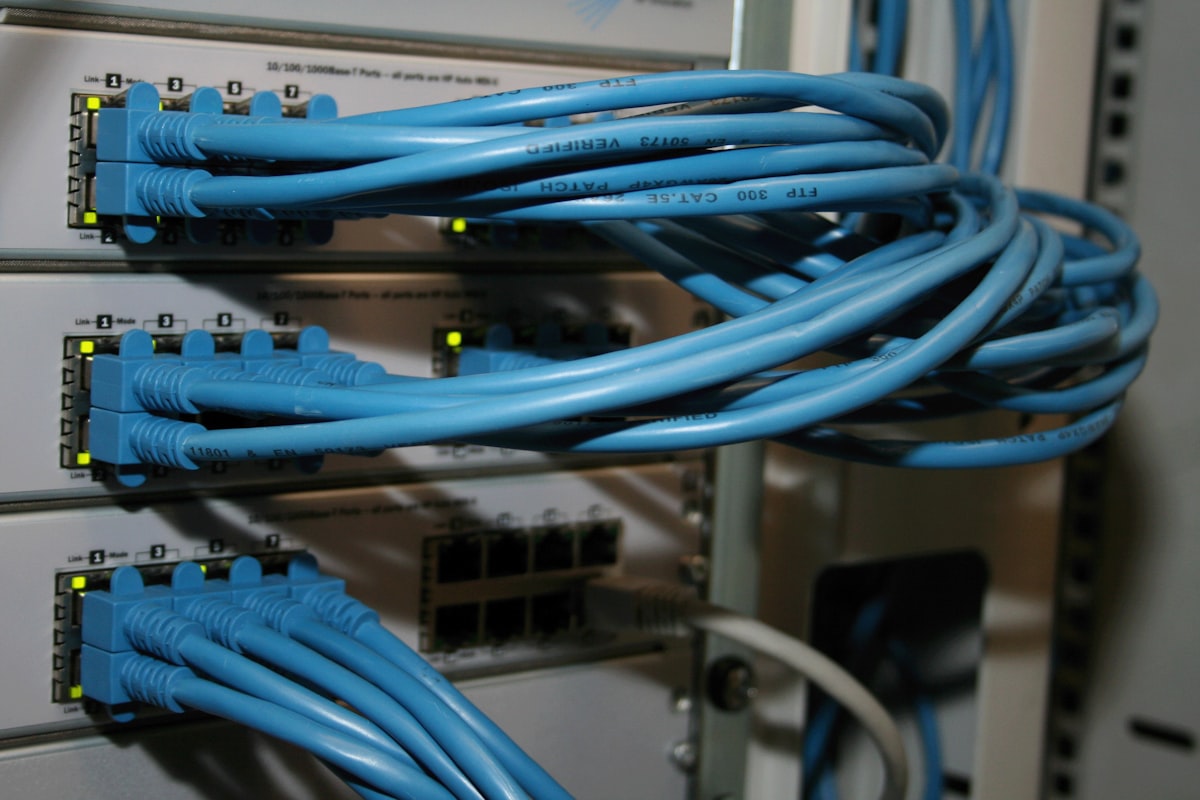Fundamentals of IP Version 6

IP version 6 (IPv6) is the newest version of Internet Protocol that is used to route data packets across networks. IPv6 is the most current version of IP, which was initially developed in response to the IP address exhaustion caused by the steady increase in networks and the devices that connect to them. It is the version of IP used today, and is essential for anyone who is preparing for the CCNA 200-301 exam. In this article, we will provide an overview of IPv6, its features, and how it works. We will also compare it to IPv4, the predecessor of IPv6, and discuss the reasons why IPv6 was created.
History of IPv6
IPv6 was initially proposed in 1995 by the Internet Engineering Task Force (IETF) as a way to address the limited number of IPv4 addresses available. IPv6 was officially adopted in 1998 and is now the most widely used version of IP. It was designed to provide secure and efficient data transmission over networks and a much larger address space than that of IPv4.
Main Features of IPv6
Unlike IPv4, IPv6 uses 128-bit addresses and supports a much larger number of addresses - 2¹²⁸, or 3.4 x 10³⁸ - versus IPv4, which only uses 32-bit addresses and supports a maximum of 4.3 billion addresses. This means that IPv6 can accommodate an unprecedented number of devices, including mobile phones, wireless sensors, and other IoT (Internet of Things) devices. In addition, IPv6 offers improved security and privacy features over IPv4. It includes the IPsec protocol suite and supports authentication and encrypted communications. It also includes an IP address anonymization mechanism that allows users to hide their IP address on a network.
How IPv6 Works
IPv6 works in a similar way to IPv4. It is a connectionless protocol that uses packets to send and receive data over a network. Each packet is self-contained and contains a destination address and source address. These packets are then routed through an internetworking device, such as a router, before they reach their final destination. Unlike IPv4, IPv6 uses a hierarchical addressing system that divides the address into three distinct portions: an IPv6 prefix, a subnet ID, and a device interface identifier. The IPv6 prefix identifies a particular subnet or “network” on the internet, and the subnet ID identifies a particular subnet or “network” within the IPv6 address space. The device interface identifier identifies each individual device on the network, making it easier for routers to identify and route packets.
Differences Between IPv4 and IPv6
The primary difference between IPv4 and IPv6 is the size of the address space. As mentioned above, IPv6 uses 128-bit addresses, which means it can support a much larger number of devices than IPv4. Additionally, IPv6 supports a simplified addressing system and increased security features, such as encryptions,authentication and automatic address configuration.
Conclusion
The transition to IPv6 is well underway and it is clear that IPv6 is the future of the Internet. Its larger address space and improved security make it a more efficient and secure protocol for connecting networks, and it is essential for anyone preparing for the CCNA 200-301 exam.
Statistics
As of 2020, the global IPv6 adoption rate was 22.6%, representing a significant increase from 8.33% in 2016. In addition, the Asia-Pacific region has the highest IPv6 penetration rate among all regions, with an adoption rate of 41.4%. This is followed by North America with a rate of 25.2%, Europe with a rate of 17.4%, and the Middle East and Africa with rates of 14.7% and 7.8%, respectively. The growth of IPv6 adoption is driven in large part by the increasing use of mobile devices and the proliferation of networks and devices connected to the Internet. As these trends continue, it is likely that IPv6 will become even more widely adopted in the near future.